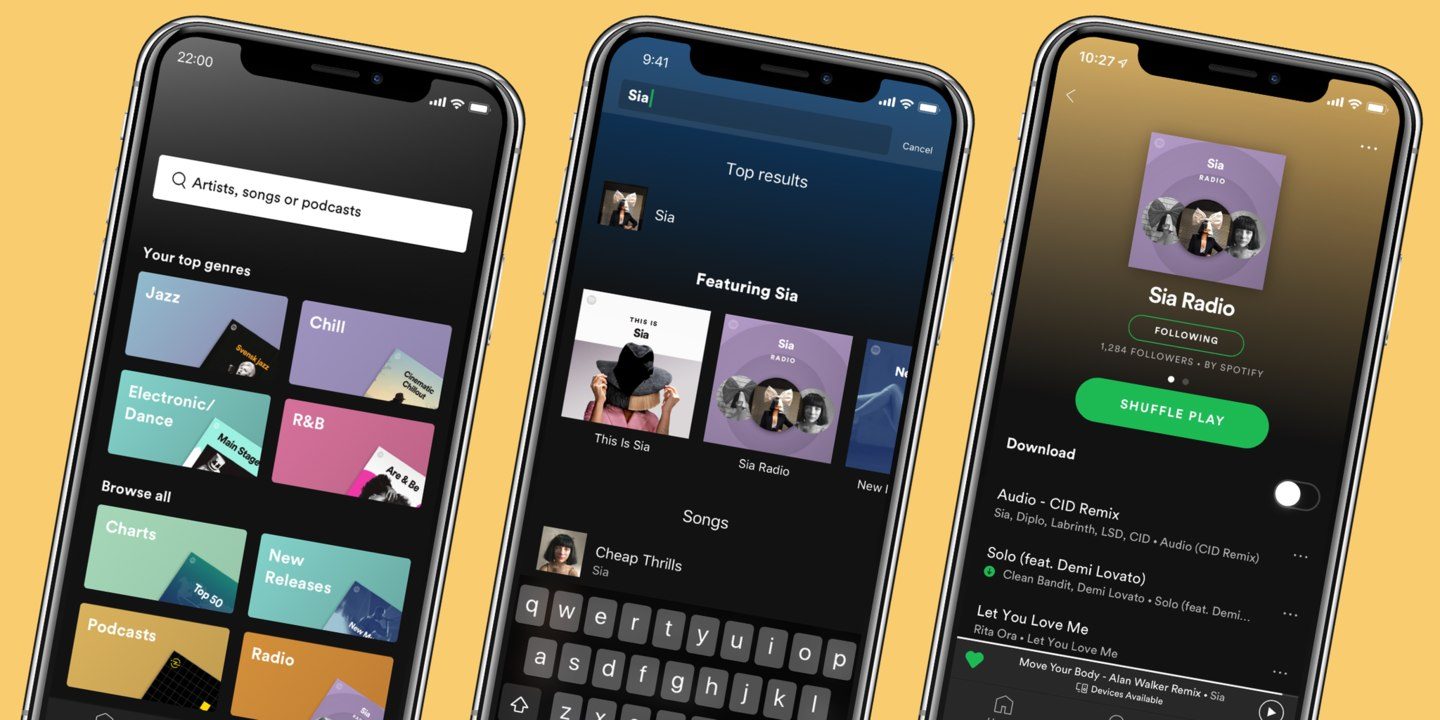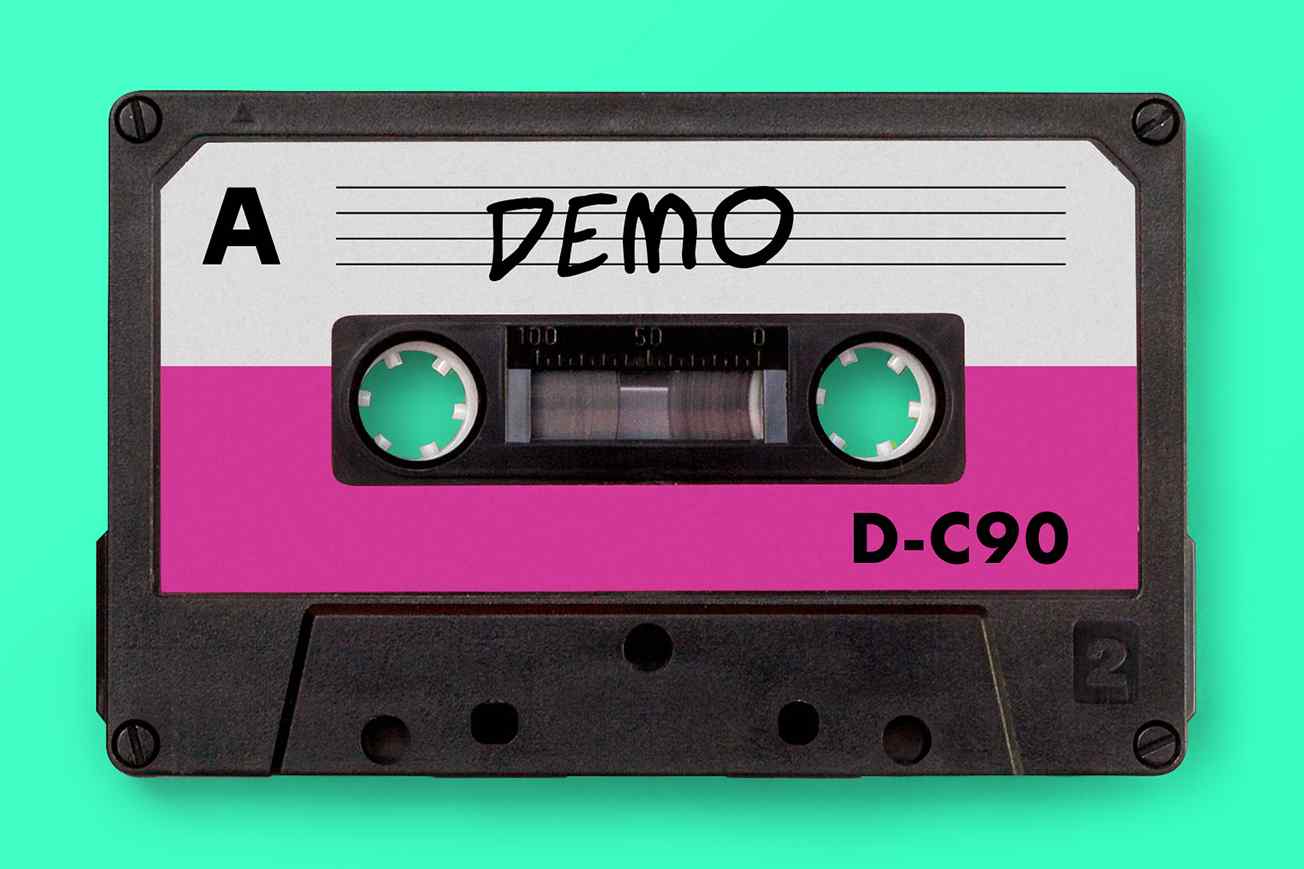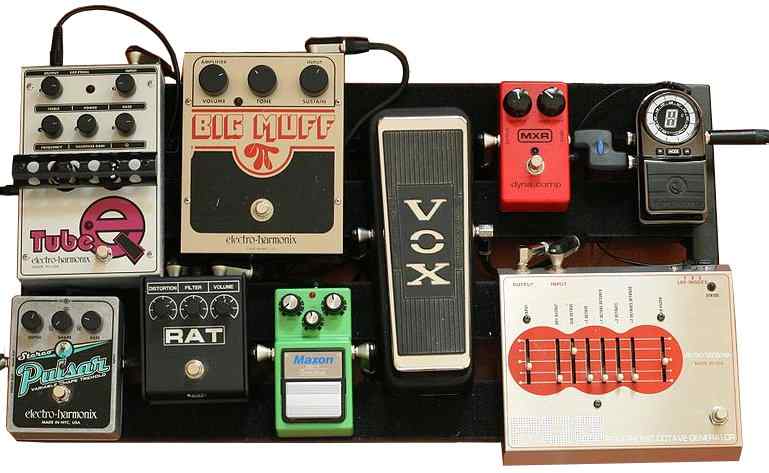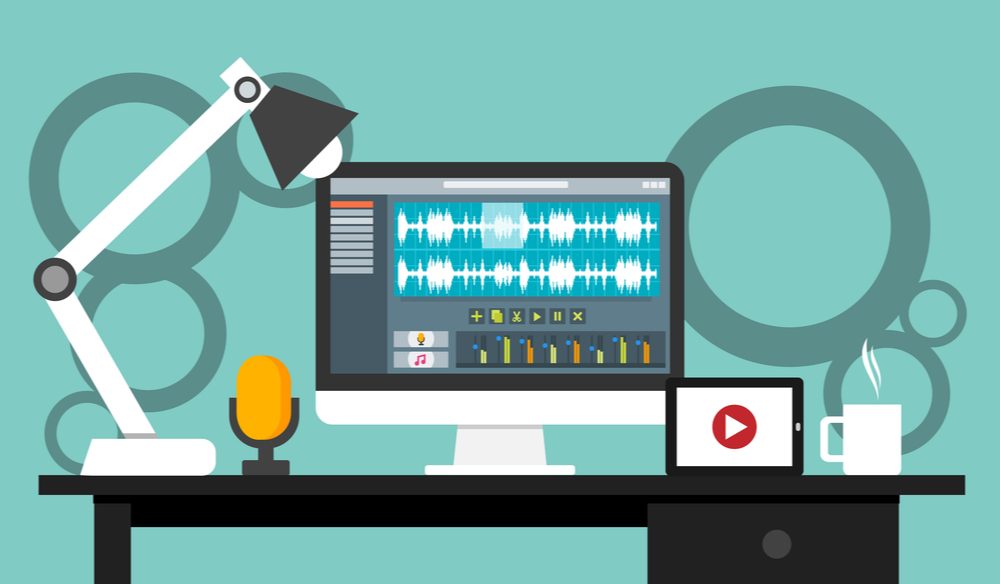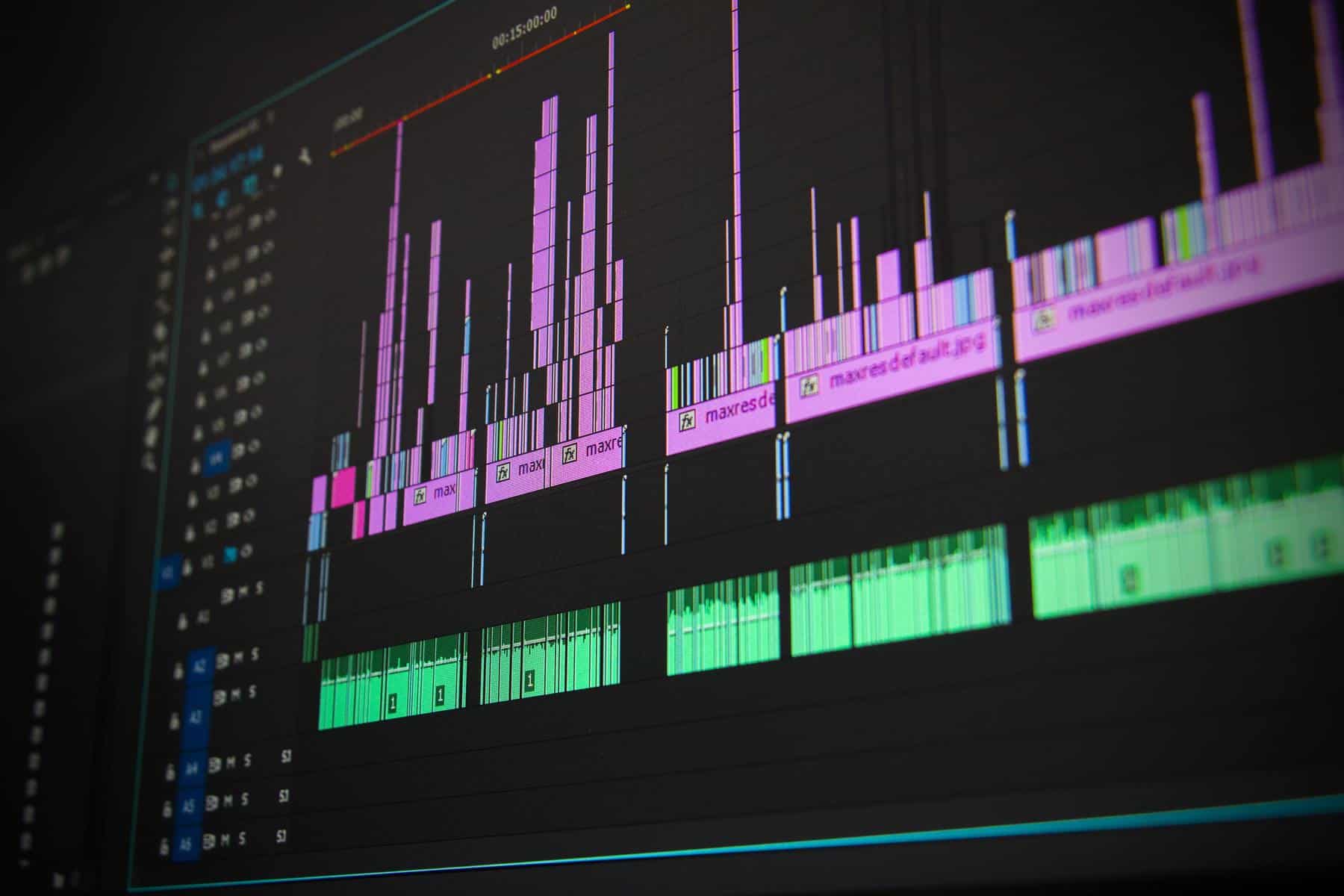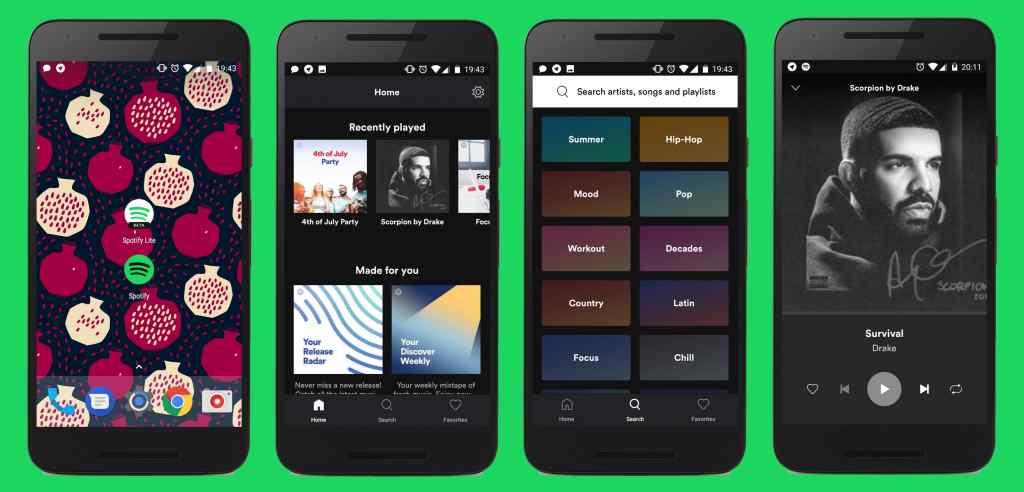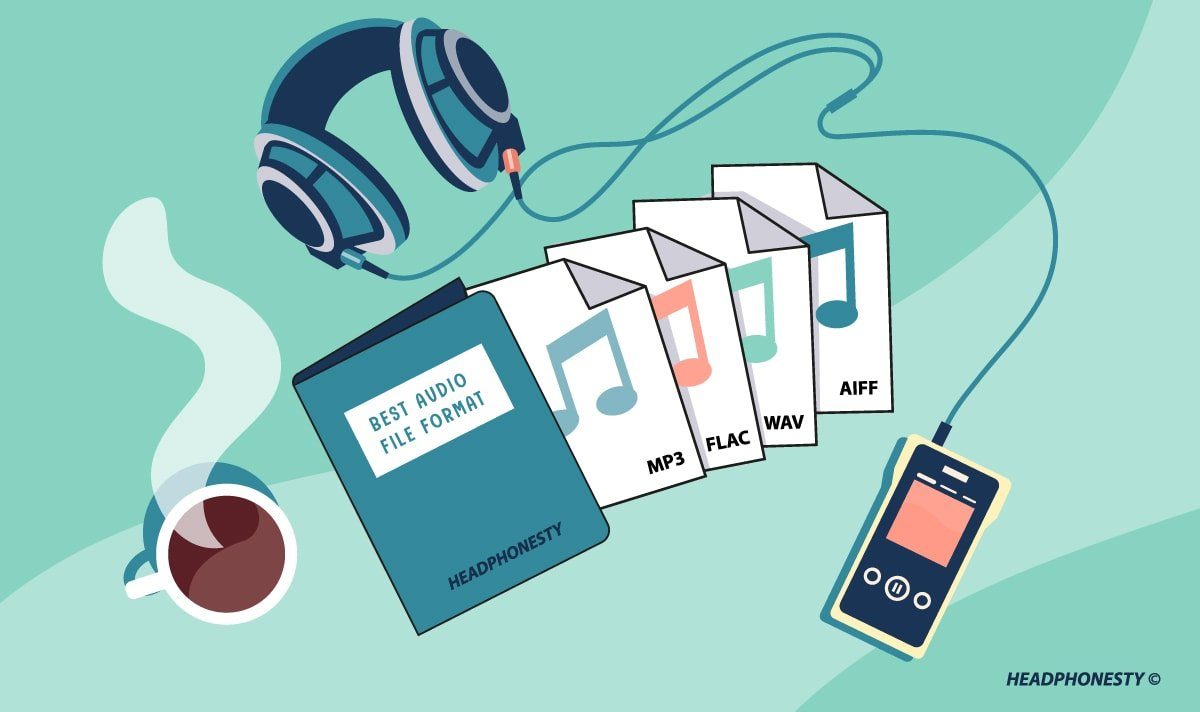There is a giant library of great music and podcasts on Spotify. When I say a giant library, I am talking about over 70 million tracks and more than 2.6 million podcast titles. Having these tons of songs and episodes at your fingertips is incredible. But knowing how to find it is even better. Using the search functionality on Spotify allows you to find exactly what you’re looking for in seconds. So if you want to become the master of search, here are a few tips and tricks to search on Spotify.
Spotify tips
Everyone knows the feeling of having a song stuck in your head. Once it starts it can be hard to make it go away. But the ultra-catchy tunes that stay lodged in your brain for hours are different. I’m talking about the dreaded earworm. These are the irresistible melodies and musical figures that you can’t help but hum under your breath. But what are earworm hooks exactly? How do they work and how can you write one?
In this article, I’ll explain what an earworm is and six strategies to create your own.
Let’s get started.
Spotify is one of the most popular music streaming platforms with over 356 million users around the world. And many users have different access needs. Spotify is continuously making accessibility improvements to the experience. These improvements will support more and more users to enjoy the songs and podcasts they love more easily. In this guide, we will show you three Spotify updates on the mobile experience in 2021: buttons with increased readability features, options for text resizing, and a beta for podcast transcripts.
Each change is a small part of Spotify’s long-term mission to improve the platform to a place that people can enjoy an immersive artistic experience.
There’s no single method to approach making music. Whether your process starts by creating beats or going on a walk, there are not any wrong ways to start. However, one common practice in the early stage of production is to create a music demo to sketch out your concepts.
Recording your demos will describe your music idea, improve your productivity, and provide you with more opportunities as an artist. There are lots of complicated and difficult aspects of creating music. Fortunately, this isn’t one of them.
In this guide we’ll explain why recording your demo tracks is so essential. It’s an easy habit to include structure, clarity, and consistency in your music.
Manipulating sound with audio effects is one of the most fun parts of being a producer. There are infinite methods to combine plugins or stompboxes to create a unique sound. The signal chain you select is one method to shape your music in exciting ways. However, how do you know which order to put your effects in? And how will each one impact the next?
Read on this guide to explore more audio editing software that helps your business on Spotify.
Audio editing software is a crucial tool in many creative fields.
It’s not just music producers who depend on these products—podcasters, video editors, sound designers, and even journalists rely on audio editing software to create good-sounding work.
However, which one is best for you? There’s a bunch of different options that are available on the market right. Each one also has its own set of pros and cons.
Spotify is one of the best online music platforms that help to get your music heard. This platform builds a unique ground for all musicians and listeners. Listeners help create an exclusive image of your music and give others a reason to listen and become your new followers. So, music artists need to win tons of listeners and followers to grow their music career. There are three important stats that musicians need to understand on Spotify. They are Spotify listeners, Monthly listeners, and Followers.
Artistic relationships are essential aspects of creating music, and collaboration doesn’t have to stop when you can’t meet with other musicians in person. Remote music collaboration can result in productive work and great music in the Covid-19 pandemic this year. However, you have to make a plan and use the right tools.
Here’s how:
Digital audio files are the raw material of music production.
From streaming platforms to sample packs, all the audio you work with needs to be stored somewhere in a file.
However many kinds of audio formats are effective in different situations.
How do you know which audio file kind to use and get the most effective results?
In this article, we’ll explain everything you need to learn about audio file formats and how to choose the right one for the job.
Let’s start!


